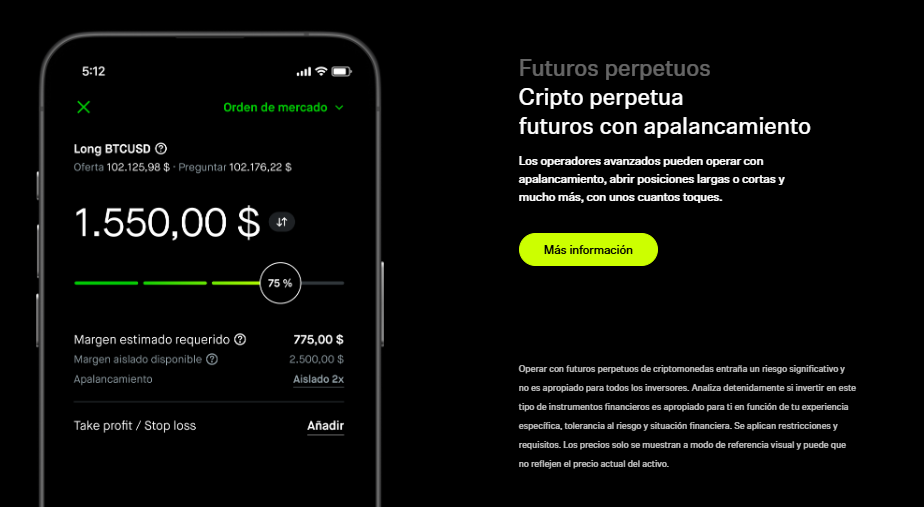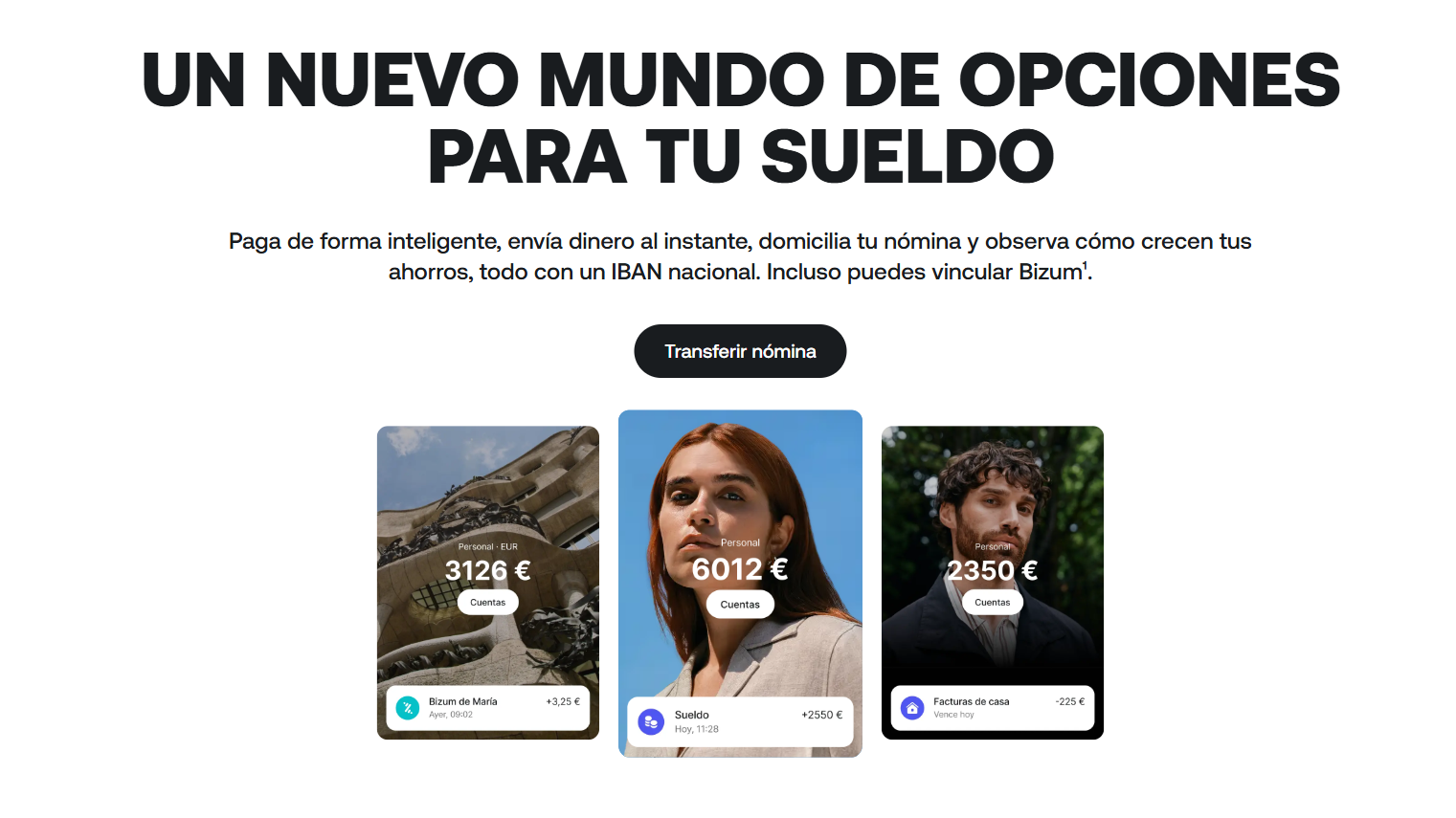Tokenization and Embedded Finance: The Future of Finance
Transform the Future of Finance with Tokenization and Embedded Finance. Learn how they will change the way we interact

Tokenization and Embedded Finance: The Future of Finance
Tokenization and embedded finance are transforming the landscape of modern finance, representing two of the most significant changes in this space. Although often discussed separately, both trends are part of a broader evolution toward integrated, programmable financial systems, which are more open and intuitive than traditional models based on legacy infrastructures.
Tokenization enables the digital and secure representation of assets, while embedded finance brings financial functionality directly to the digital platforms that people already use on a daily basis. Together, they are redefining the way value is created, exchanged, and stored, paving the way for a more inclusive and seamless financial system.
What is Tokenization?
Tokenization is the process of transforming a real-world asset or dataset into a digital “token” that can be transferred, exchanged, or managed electronically. This process is increasingly being used in traditional finance to improve the efficiency and security of transactions, replacing sensitive data with secure digital equivalents.
When combined with blockchain technology, tokenization takes on new capabilities. Blockchains bring programmability, interoperability, and verifiability to digital assets, allowing them to move faster, settle instantly, and maintain their transparency. This combination expands access, reduces friction and opens up new opportunities for both investors and institutions.
Applications of blockchain-based tokenization:
- Financial instruments: bonds, securities and investment funds.
- Tangible assets: real estate, raw materials, and art.
- Intangible assets: intellectual property, carbon credits, loyalty points or event tickets.
Blockchain-based tokenization allows for 24/7 markets, fractional ownership, and transparent audits, increasing liquidity and lowering barriers to entry. In addition, it boosts trust, as every transaction is immutably recorded on the blockchain.
What is Embedded Finance?
Embedded finance refers to the seamless integration of financial services, such as payments, lending, or insurance, directly into non-financial platforms. This allows users to access financial functionalities without leaving the applications they already use.
In the Web2 world, this manifests itself through features such as one-click payments, buy now, pay later options, and in-app insurance. In the context of Web3, embedded finance evolves even further: it brings these capabilities on-chain, fueled by programmable smart contracts, decentralized identities, and transparent settlements.
Examples of embedded finance are already emerging across the Web3 ecosystem, such as:
- Telegram bots and mini apps that offer users a variety of cryptocurrency services.
- Fintech apps that integrate cryptocurrency wallets.
- Stablecoin payments infrastructure that powers the next generation of chat trading.
Ultimately, finance is becoming an invisible layer of digital life, integrated, intuitive, and ever-present. For users, this means easier access and frictionless money management. For developers, this opens the door to new types of financial interaction integrated directly into social and messaging experiences.
The Importance of Layer 1s
None of these evolutions would be possible without a robust Layer 1 infrastructure. Layer 1 blockchains provide the foundation on which tokens are issued, transactions are validated, and applications are deployed. Their performance and usability determine whether new forms of finance remain theoretical or whether they can actually reach real users.
A strong Layer 1 infrastructure should combine scalability, security, and low costs with support for smart contracts, tokens, and stablecoins. In addition, it should make it easier for developers and institutions to build, integrate, and liquidate on a large scale.
TON was designed with this in mind. Its architecture supports high transaction volumes at minimal cost, while its deep integration with Telegram enables frictionless user experiences for both retail and enterprise applications. With a growing set of developer tools and institutional frameworks, TON provides the foundation for tokenized and on-chain financial services that can operate globally, securely, and quickly.
The Components of the Financial Future
Tokenization and embedded finance aren’t just buzzwords. They are the structural building blocks of a new financial era. Together, they promise a world where assets are programmable, financial services are seamlessly integrated, and users control their own economic interactions!
Web3 technologies make this transformation possible, and Layer 1 networks like TON make it usable. The combination of scalability, performance, and real-world integration through Telegram positions TON to lead this change, transforming financial interactions from siloed tasks to natural, embedded digital experiences.
With TON, finance becomes frictionless, programmable, and intertwined directly into the fabric of everyday digital life.
Sources: Tokenization and Embedded Finance: Building the Foundations of the Next Financial Era
Note: This original content has been modified with AI and reviewed by a specialist.
















